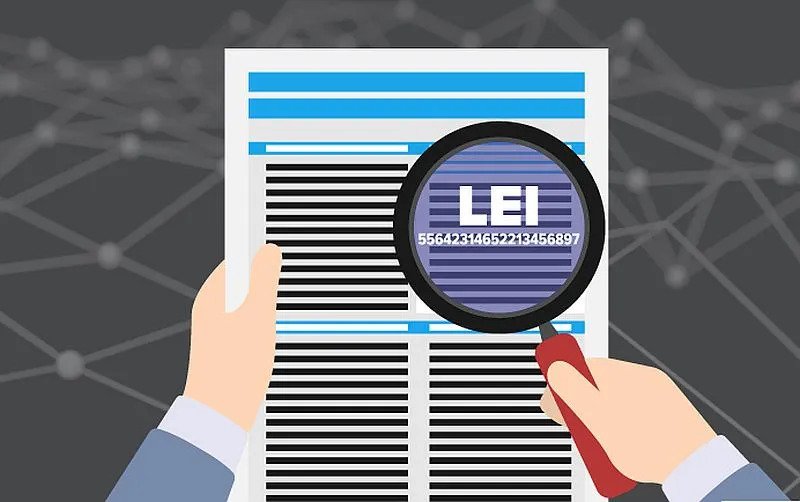Regulators realised during the financial crisis of 2007–2008 that a single unique identification code for each financial institution was not accessible globally. It meant that each country had its own code system for identifying the financial transaction’s counterpart. As a result, determining the transaction details of particular firms, determining the counterpart of financial activities, and calculating the total risk amount was difficult. As a result, evaluating individual corporations’ risk exposure, comparing risks across the market, and resolving failed financial institutions became complicated. This is one of the aspects that made the early stages of the financial crisis challenging. This eventually led to the introduction of LEI code or system.
An LEI helped solve all the crisis that were faced during those times where every legal entity had and owned a unique identity in the financial global market.
What Is An LEI Code?
Now, you might be wondering what is an LEI code actually? Then Read on. The Legal Entity Identifier (LEI) is a 20-character alpha-numeric identifier produced by the International Organization for Standardization and based on the ISO 17442 standard (ISO). It connects to crucial reference data that allows legal entities involved in financial transactions to be identified clearly and uniquely. Each LEI consists of well-organized reference data divided into two sections: Level 1 identifies who is who, and Level 2 identifies who owns whom.
Which Organization Is Responsible for The Enactment of LEI Code?
The Global Legal Entity Identifier Foundation (GLEIF) was structured by the Financial Stability Board in June 2014 to ensure the implementation and usage of the Legal Entity Identifier (LEI). The LEI Regulatory Oversight Committee, which represents public authorities from around the world who have joined forces to advance openness in global financial markets, supports and oversees the foundation. GLEIF is a non-profit international based organization in Basel, Switzerland.
The Global LEI System’s functional integrity is ensured by GLEIF services. GLEIF works to improve the quantity and quality of information available in the LEI data pool while also making public access to the data easier.
Is Any Code Necessitated for Global Transactions?
LEIs are needed by trading entities as stated on January 3rd, 2018. On this date, the altered Markets in Financial Instruments Directive (MiFID II) and the supporting regulation (MiFIR) of the European Union (EU) went into play, affecting trading venues, investment firms, and their Intermediaries.
If traders want to buy or sell securities, their investment service provider/bank must validate that they have an active LEI. Although having an active LEI is not required if you only want to retain securities, it is highly recommended.
How To Obtain an LEI Code?
There are certainly 2 known ways to acquire an LEI code for legal purposes. Let’s discuss them in brief below.
- LEI Register at LOU or through a service provider, provides a simple and convenient registration form that does not require the creation of an account. This enables clients to fill out the form fast, either manually or via the corporate data autofill feature. The autofill option for company data improves the user experience and speeds up the process of completing the LEI registration form.
- Another simple method is through the LEI Lookup website. The LEI Lookup website can also be used to register for an LEI. LEI Lookup is a website dedicated to providing LEI code information, including a thorough LEI Search engine, as well as LEI code registration and renewal. LEI registration on the LEI Lookup site is simple and quick, with the option of using the entity data autocomplete feature or manually entering the data.
In short, a legal entity’s LEI links it to crucial reference data (name, location, etc.). For numerous supervisory purposes, the LEI is used to identify legal entities that participate in global financial markets.
